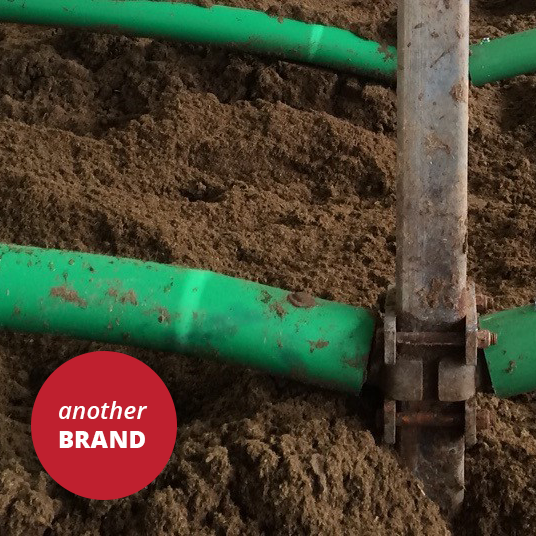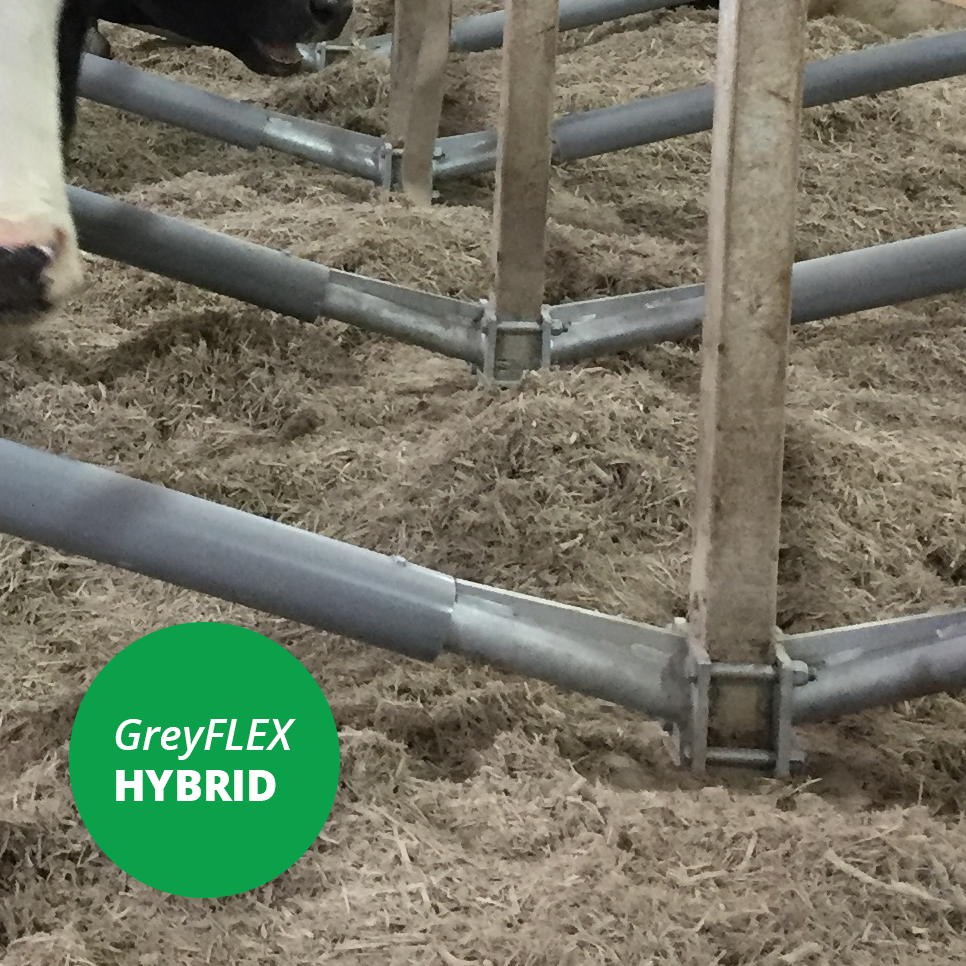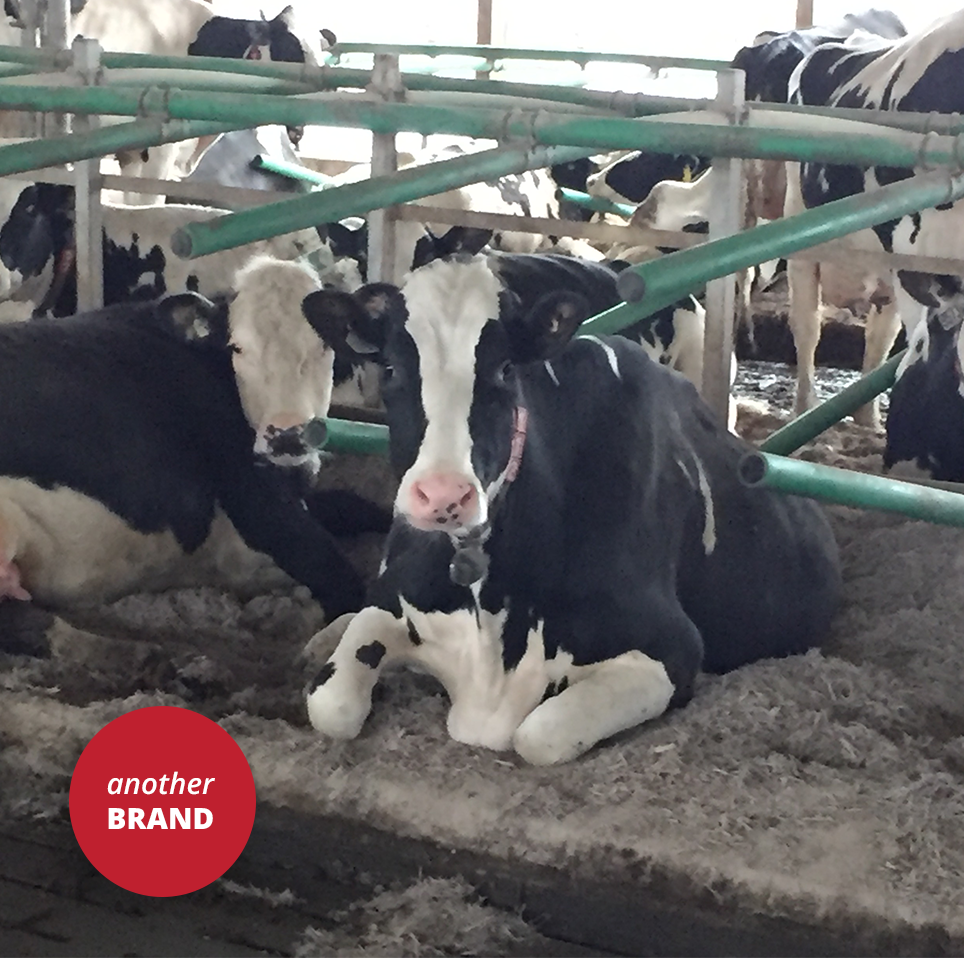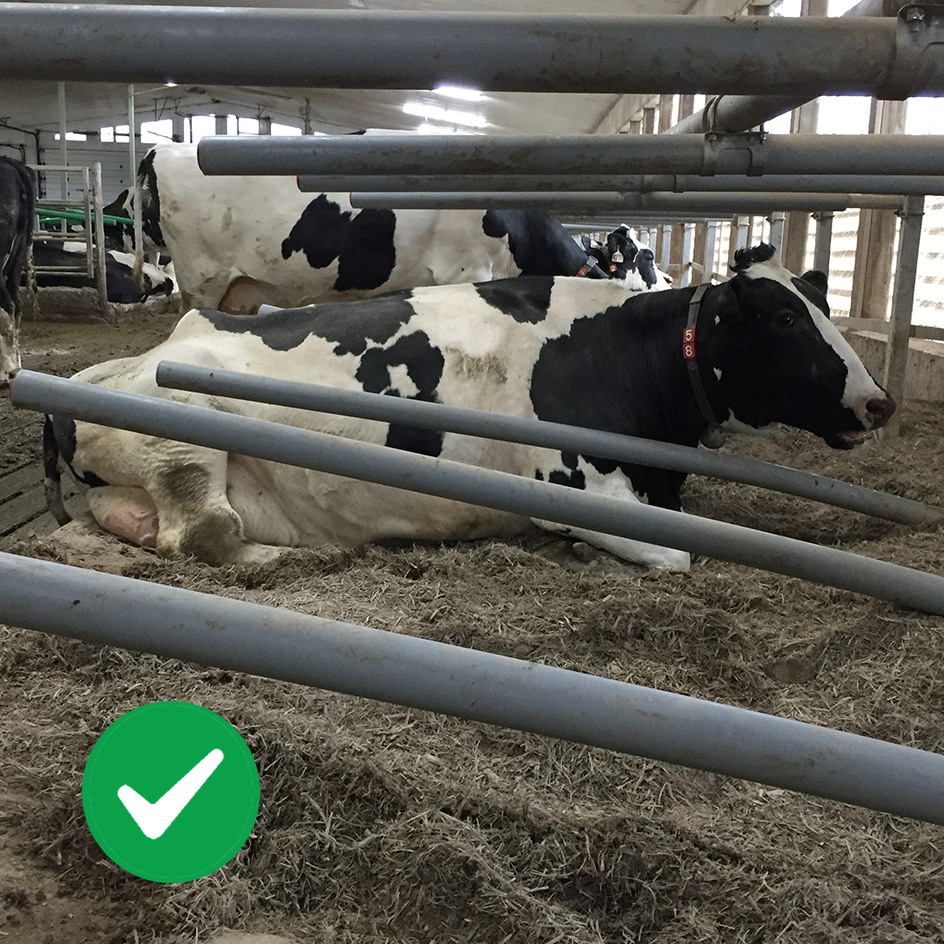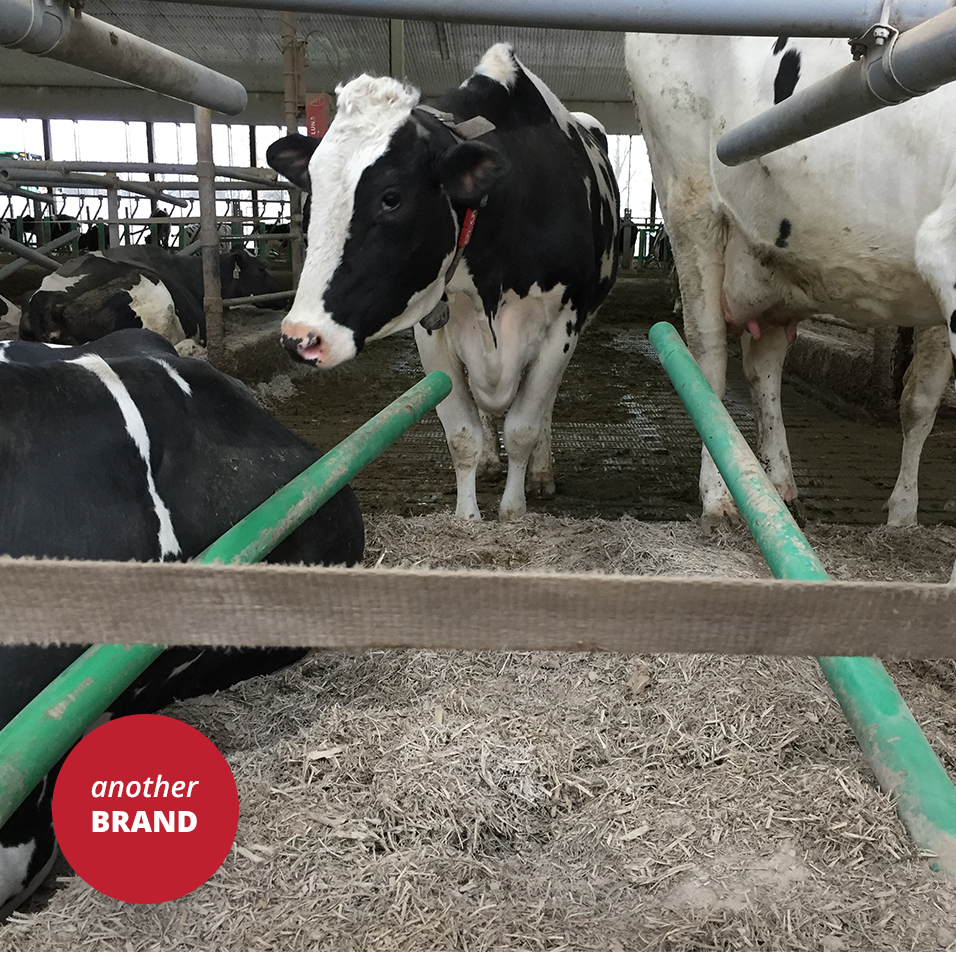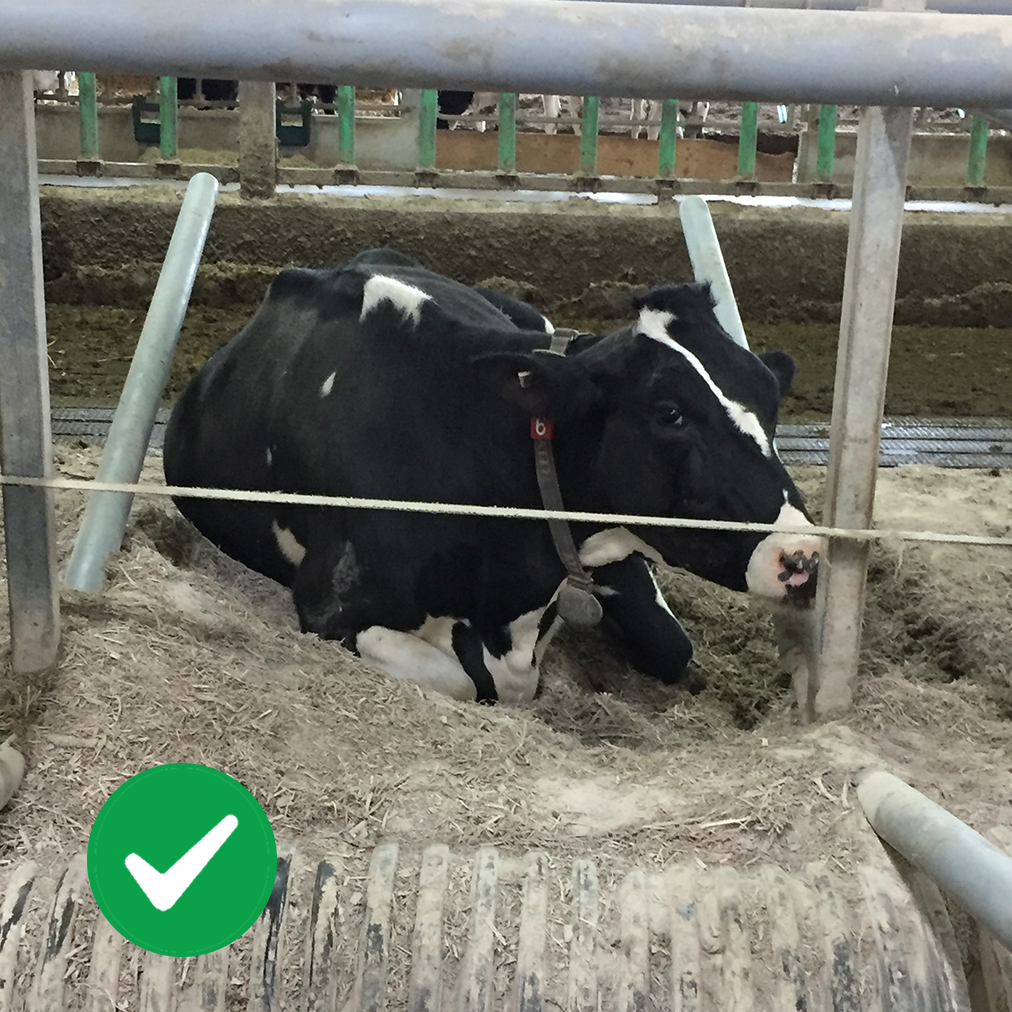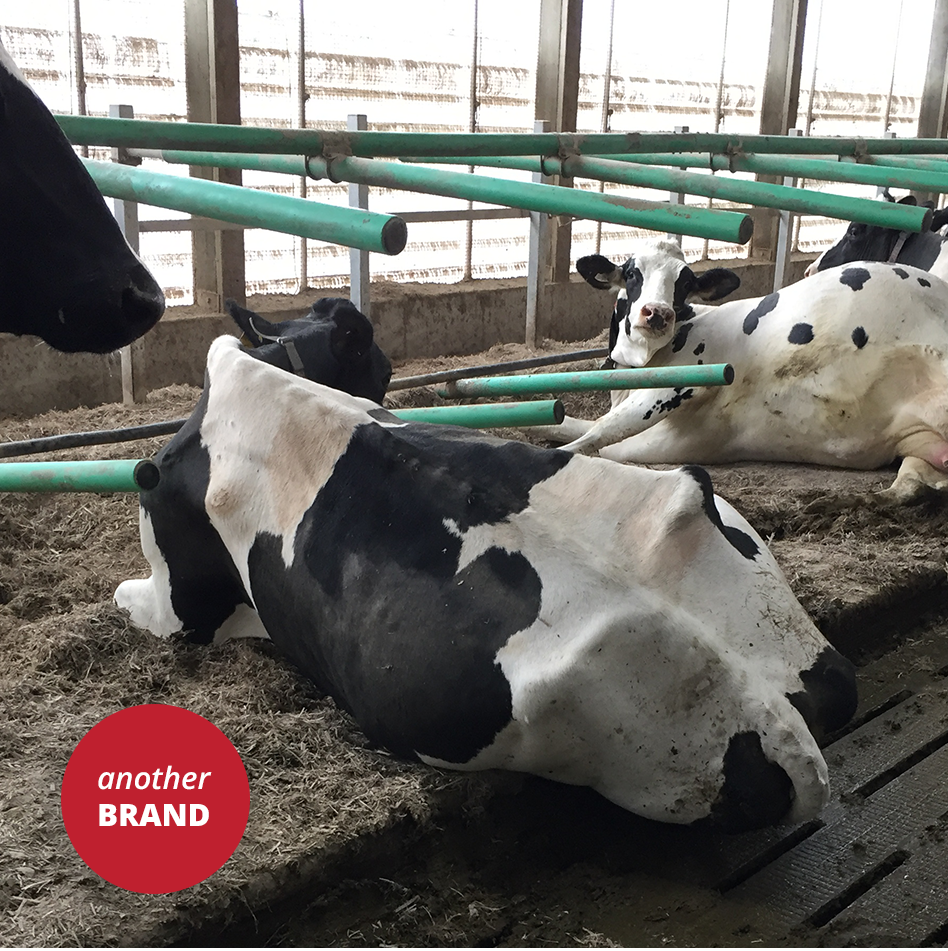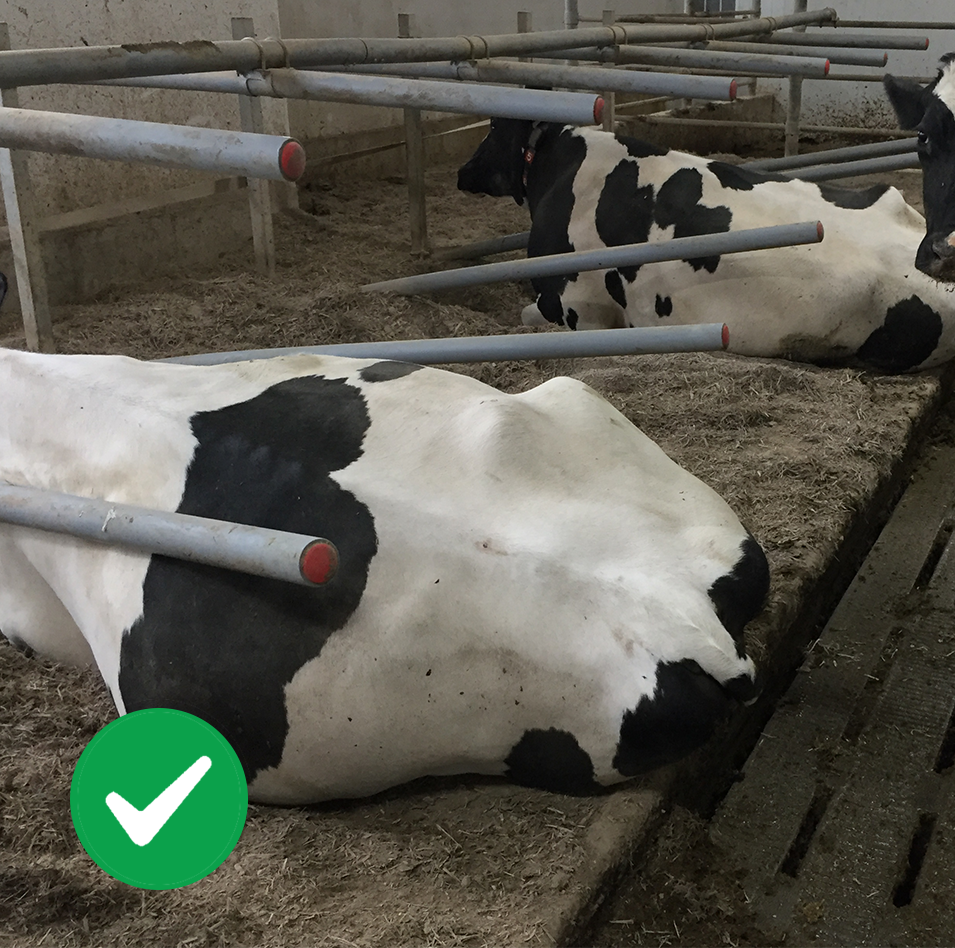Don’t be standing around.
When uncomfortable stalls cause cows to stand too long – it affects their natural behaviour cycle. Once they finally dare to settle, they will then remain lying down for longer periods. This then affects their feed and water intake, consuming less but in larger proportions with less overall dry matter consumption. Ultimately milk production is negatively impacted.

Just like on pasture
We may not be able to bring the pasture in the barn, but we certainly can work hard to design the barn that allows for natural movement – for the cows’ ultimate well-being.
A good stall design doesn’t incite fear limiting lying time but allows the cow to settle in with ease and without injury. It provides her the environment to naturally lunge forward to rise to her feet and move in or out with freedom.
A GreyFLEX flexible free stall through materials and assembly provides flexibility for her comfort. But the real art is providing the adequate rigidity to ensure that while she moves about freely, she does not compromise her positioning.
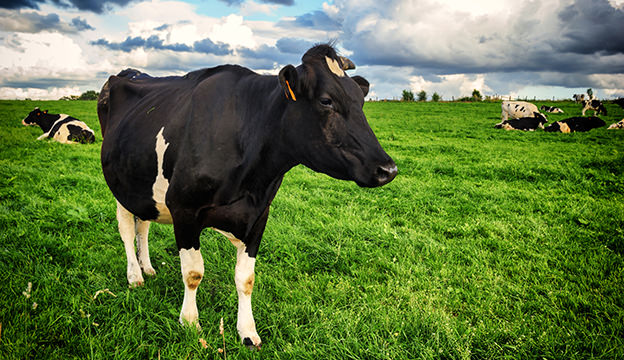
Injuries shorten average lifespan
Traditional steel stalls are unforgiving, causing injuries and fear, reducing lying time. This ultimately impacts cow longevity.
GreyFLEX Hybrid stalls are just right
Flexible without compromise! It features a flexible neck rail, but definitely not floating. The dividers, though flexible, remain quite rigid and certainly are not composed of rubber.
Some stall designs are just backwards
Too much flexibility compromises a cow’s position. This causes teat damage, dirty udders and high somatic cell count.
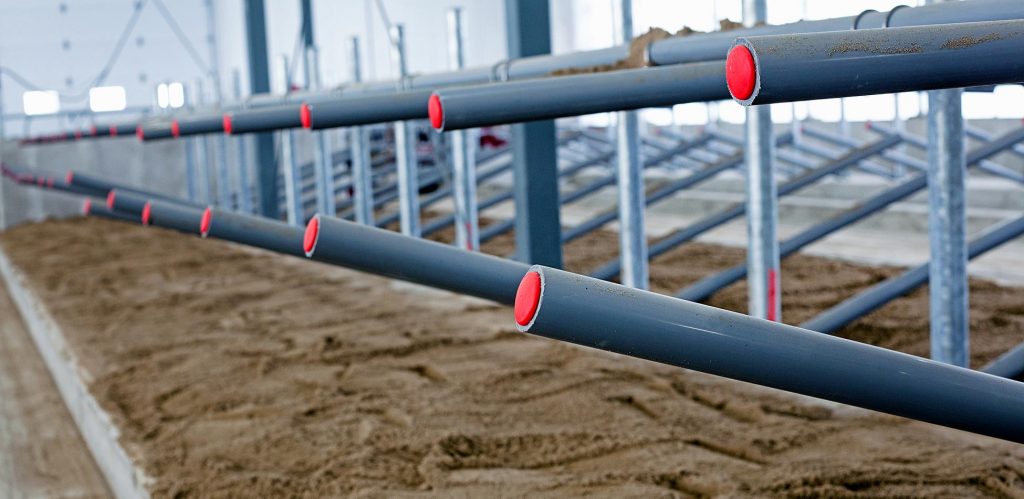
Higher lying times
Unintimidating stalls promote rest and rumination.
Higher feed intake
Natural grazing posture increases feed intake.
Higher milk production
Extra lying time and ease of feeding means more milk from your cows.
The typical lying time of cows
in most free stall barns.
The optimal time cows will
lie down in comfortable stalls.
There are consistent positive case studies that renovating and improving the comfort of a stall should improve milk yield, reduce culling rate, lower somatic cell count and improve lameness status of the herd. For example, University of Wisconsin veterinary researchers in various cases studies (Cook, 2006) observed the following benefits:
- Great milk yield: 3 – 14 pounds per cow per day
- Lower turnover rates: 6% to 13% decrease
- Lower somatic cell count: 37,000 to 102,000 decrease
- Less lameness: 15% to 20% reduction
Cows need to lie down. Her hooves can rest and dry off. Lying down is important because the cow rests and ruminates when she is lying down. Blood circulation through the udder also increases. The end result – her improved comfort and well-being leads to increased milk production.
The increase of blood circulation to the udder, when a cow is lying down. This improves udder function and milk production.
The maximum time upon initially stepping up on the cow bed, until she should be settled into the stall.
(or 5 pounds)
Additional milk production daily from 2 additional hours of lying time.
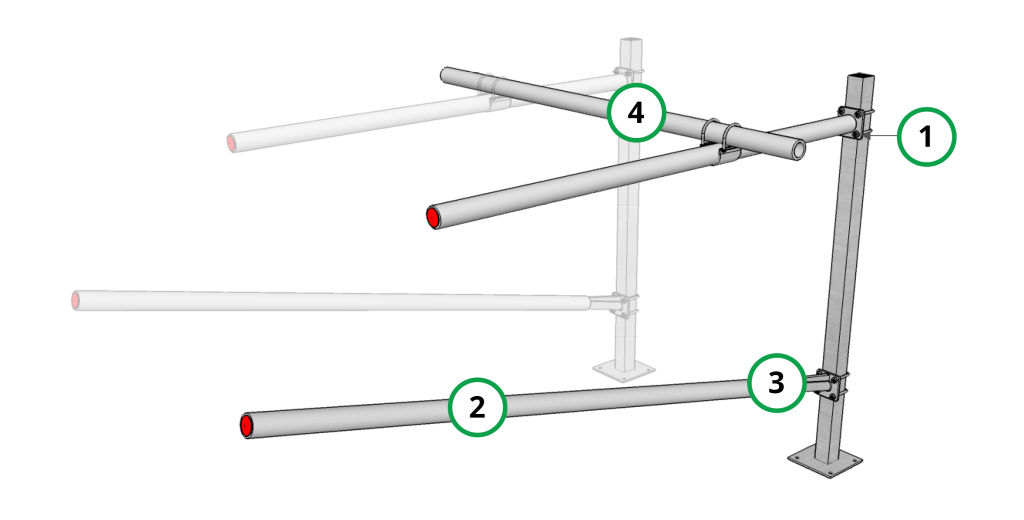
1. Fasteners
Proprietary German engineered protective zinc coating which is 5 times more corrosive resistant than hot dipped galvanizing! The added bonus – they are much easier to work with than HDG fasteners.
2. Poly Piping
Developed custom poly blend providing the ultimate balance in flexibility and rigidity along with extreme thermal resistance and UV protection. Via extended hardware there is less poly pipe in flex, ensuring rigidity and less opportunity for pipe end break-out.
3. Fabricated Hardware
Heavy duty sizing and hot dip galvanized coating. The lower divider pipe bracket is the most significant of it’s kind in the market. Seriously strengthened and enlarged to further support the divider and reinforce its most common point of stress.
4. Fixed Neck Rail
We believe in a fixed connection for the neck rail to the upper divider. This ensures the divider retains crucial rigidity. A fixed neck rail also ensures that cows are positioned properly, not getting too forward in her stall. Most importantly a floating neck rail creates too much flexibility with the divider and neck rail that can foster bad habits of cows even lying backwards in stalls.
